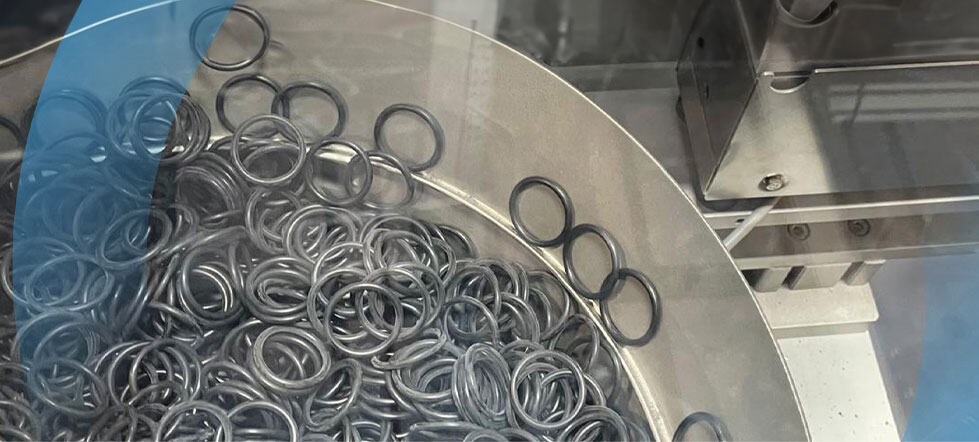
How common is chloramine in drinking water?
In recent years, chloramine has become a popular disinfectant in the US. Chloramine is an organic compound formed by combining chlorine with ammonia. Chloramine has several advantages over chlorine:
- Chloramine is more effective than chlorine at preventing the growth of bacteria in water.
- Unlike chlorine, chloramine is less likely to form harmful byproducts and has not been linked with cancer.
- Chloramine is a more stable and longer-lasting disinfectant than chlorine.
- Chloramine is effective at lower concentrations than chlorine.
In the US, chloramine is the second most used disinfectant after chlorine. The United States Environmental Protection Agency (EPA) states that more than one-in-five Americans use drinking water treated with chloramine. According to the US Centers for Disease Control and Prevention (CDC), chloramine has been used as a disinfectant in cities like Cleveland, Springfield, and Lansing since the 1930s. Other major places in the US that use chloramine in their drinking water include: Philadelphia, San Francisco, Tampa Bay, and Washington, D.C.
In Europe, Chloramine is also used, though it is less common than in the US. Great Britain uses chloramine for residual disinfection in water distribution systems and for the removal of disinfection byproducts. Other European countries that use chloramine include Finland, Spain, and Sweden.

How does chloramine affect rubber?
Both chlorine and chloramine cause rubber to become hard and brittle. However, chloramine has been shown to be more aggressive to rubber products than conventional chlorine, affecting the rubber components in standard water systems. This degradation can lead to failures in seals, gaskets, and other rubber parts, resulting in leaks or worse. In addition, chloramines can corrode metal and thus may affect faucets, shower heads, toilet valves, and more.
One common rubber material used for sealing in potable (drinking) water systems is EPDM (Ethylene Propylene Diene Monomer). EPDM is a common synthetic rubber that is extremely durable and flexible. It is resistant to extreme weather conditions, UV light, ozone, and aging. EPDM is used in a variety of industries and applications, including automotive, aerospace, and construction. Due to its durability and flexibility, EPDM rubber is widely used in the drinking water industry for sealing products.
While EPDM is a very stable material, additional processes are required to improve EPDM’s resistance to chloramine degradation. The basic condition for creating chloramine-resistant compounds is to perform peroxide curing. The process of peroxide curing creates cross-links between different polymer chains, which enhances the heat resistance of EPDM and ensures a lower compression set (meaning more flexible and long-lasting). To enhance EPDM’s resistance to chloramine, the compound is then further enhanced and customized with additives.

How do we test rubber resistance to chloramine?
Techno Ad offers several chloramine-resistant rubber sealants designed to withstand the harsh effects of chloramine. The rubber products that require testing are tested according to ASTM standard D6284 to examine the resistance of rubber to chloramine. ASTM D6284 is a standard test method used to determine the effect of aqueous solutions with available chlorine and chloramine on rubber. This test method establishes procedures for evaluating the ability of rubber to resist the effects of aqueous solutions containing chlorine and chloramine.
The ASTM D6284 test method is critical for designing rubber products that are in contact with potable water containing chlorine and chloramine. The procedures of the test method involve immersion of the rubber sample in the test solution for a period of time. After this, the sample is removed and examined for changes in physical properties. These changes can include changes in hardness, weight, and dimensions of the rubber material.
The ASTM D6284 test is important in industries that use rubber products in applications involving exposure to aqueous solutions containing chlorine or chloramine. Such industries include the waterworks industry, the plumbing industry, and the bathroom fixture industry. By conducting this test, manufacturers can determine if their products are suitable for use in these environments.

Which material is right for you?
There are several distinct types of peroxide-cured rubber compounds on the market that can be improved for chloramine resistance. Some common examples include:
-
- peroxide-cured EPDM
- peroxide-cured silicone
- Viton™ (FKM peroxide)
Peroxide-cured EPDM is the most common and economical option on the market. Peroxide-cured EPDM provides excellent chemical and heat resistance. Compared with sulfur-cured EPDM, which can only resist temperatures up to 121°C (250°F), Peroxide-cured EPDM can resist temperatures up to 150°C (300°F).
Another option is peroxide-cured silicone. This type of silicone is cured using a peroxide-based catalyst and is typically used in high temperatures applications, such as in gaskets and seals for the automotive and aerospace industries.
Viton™ is the Chemours Company’s brand name for fluorocarbon rubber polymers. Viton™ is commonly used in O-rings and in mechanical devices that require resistance to high temperatures and to compounds containing chlorine.
Techno Ad offers a variety of compound formulations designed to show resistance to chloramine. We have proven experience providing custom solutions for different applications and environmental conditions. Our chloramine-resistant rubber compounds are custom-made by request and are specifically tested for chloramine-resistance.
Looking for chloramine-resistant rubber? We can help you decide which solution is right for you. Talk to one of our experts today.


